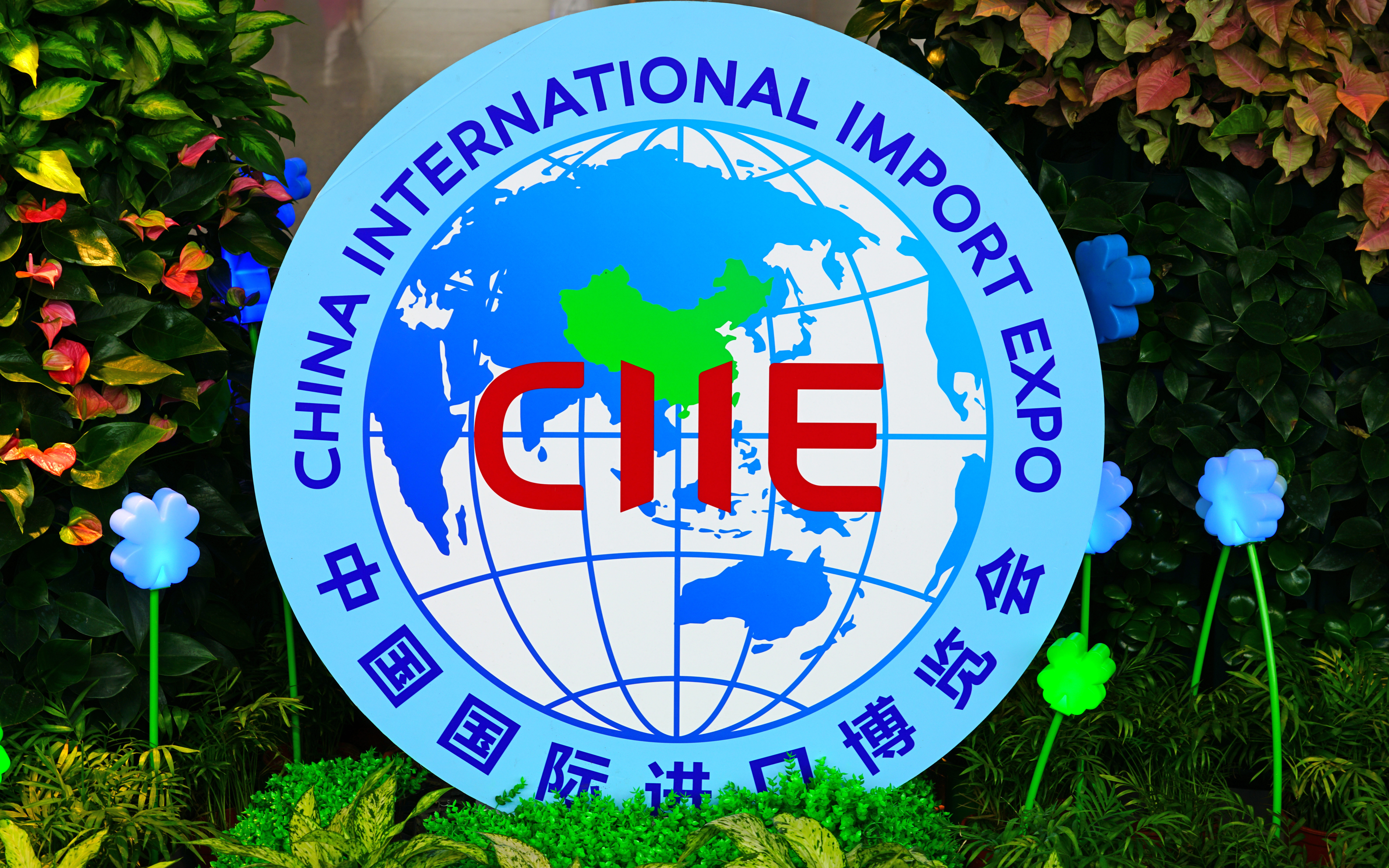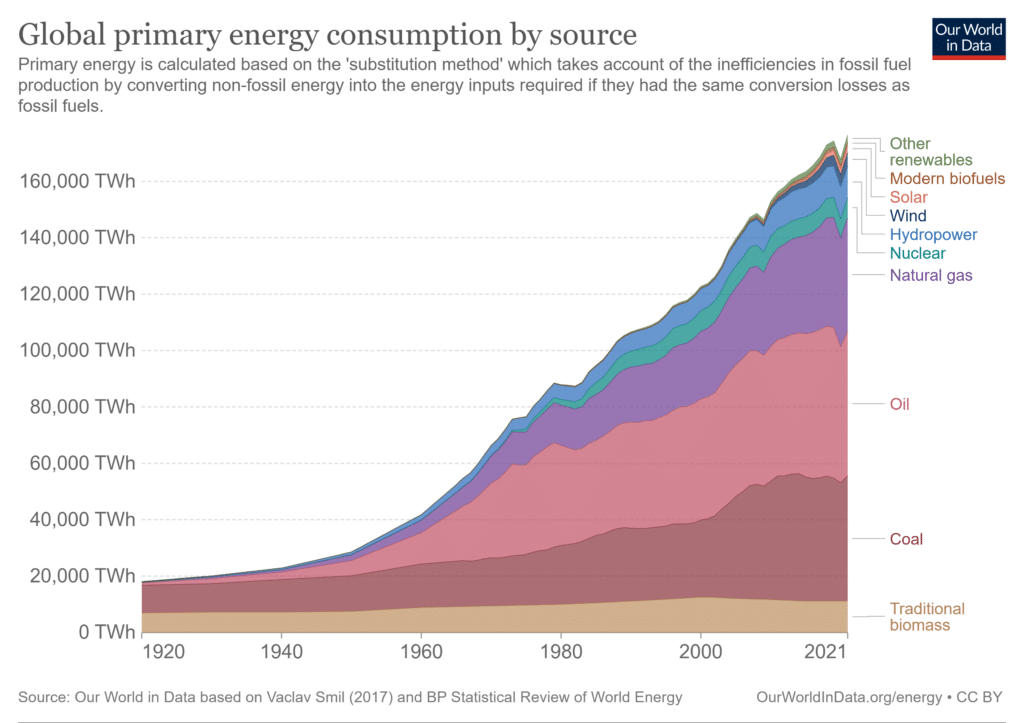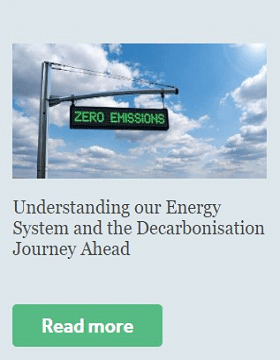
Securing Long-Term Opportunity in China at the 2023 CIIE

Hong Kong’s Post-COVID Economic Divergence and Singapore’s Balanced Act
Carbon Capture and Storage (CCS) Set to Play Vital Role in Energy Transition
June 2023

By Damon Evans, Senior consultant of Sandpiper. Damon worked as a journalist, editor, and consultant in the energy sector for over 15 years. Damon has worked with clients both strategically and commercially to engage audiences with high value media content. He has also provided corporate intelligence research services to help clients gain a competitive advantage in Asia markets. His experience covers fossil fuels, nuclear, renewable energies, power, technology , finance, geopolitics, as well as energy transition and carbon abatement.
The majority of the world’s primary energy demand is met by fossil fuels – coal, natural gas, and oil – which accounts for around three-quarters of global greenhouse gas emissions. Crucially, it is vital that emissions associated with burning fossil fuels are captured and stored to realise a net zero future.
Not only is generating energy from fossil fuels thought to be a significant driver of climate change, the burning of fossil fuels and biomass also comes at a large cost to human health: at least five million deaths are attributed to air pollution each year.

CCS Technologies Will Be Crucial
Therefore, it should come as no surprise that carbon capture and storage (CCS) technologies will be critical to cleaning up the global energy system during the transition to less polluting forms of energy, such as renewables and nuclear. However, energy transitions do not happen overnight. Historically, the transition from one source to another was incredibly slow, underscoring the importance of CCS during the current energy transition towards low-carbon fuel sources.
CCS is a way of cutting carbon emissions, which could be crucial to helping tackle global warming. It is a three-step process, involving: capturing the carbon dioxide produced by power generation, hydrocarbon production, or industrial activity, such as steel or cement making; transporting it; and then storing it deep underground.
Significantly, CCS could help decarbonise traditional oil and gas production. Natural gas has been touted as a cleaner fossil fuel than coal and “coal-to-gas switching” as a “bridge” to help countries transition to more clean-energy. In 2022, more than 140 new CCS projects were announced, reported the International Energy Agency (IEA). Planned global carbon dioxide storage capacity jumped by 80% and planned capture capacity by 30%. This is great news; however, the project pipeline still falls considerably short of what the IEA and the Intergovernmental Panel on Climate Change (IPCC) suggest is needed by 2030.
Today, the world gets its largest amount of energy from oil, followed by coal, natural gas, then hydroelectric power. While policy makers intend to cut dependence on fossil fuels over the coming decades, in the meantime CCS will be required to capture the emissions from these energy sources. Production of fossil fuels represents only 20% of the emissions associated with them and the remaining 80% comes from combustion of the fuels.
As analysis from Energy, Politics & Money (EPM) highlights, that the only way to make fossil fuel use truly net zero is to have massive emissions capture capacities, including direct air capture (DAC), and other offsetting solutions built up. “A truly pragmatic climate policy in our view focuses on decarbonization of the existing energy system only for the short-term, which in the world of energy is around 10 years. In parallel, work should start to disincentivize fossil fuel usage, and to build up the capacity of sustainable solutions,” noted EPM.
DAC technologies extract carbon dioxide directly from the atmosphere. They use chemical reactions to pull carbon dioxide out of the air. When air moves over these chemicals, they selectively react with and trap carbon dioxide, allowing the other components of air to pass through. The carbon dioxide can be permanently stored in deep geological formations, thereby achieving carbon dioxide removal.
Direct Air Capture Plants Currently Operate on A Small Scale
According to the IEA, 18 DAC plants are currently operational in Europe, the US and Canada. All these plants are small scale, and most of them capture carbon dioxide for utilisation – mostly for drinks carbonation – with only two plants storing the captured carbon dioxide in geological formations for removal. Only a few commercial agreements are in place to sell or store the captured carbon dioxide, while the remaining facilities are operated for testing and demonstration purposes.
- But With Plans to Expand
The first large-scale DAC facility with capacity of up to 1 million tonnes per year of carbon dioxide is in advanced development. It is expected to be operating in the US by the mid-2020s.
The IEA said that plans for a total of eleven DAC facilities are now in advanced development. If all these planned projects were to go ahead, DAC deployment would reach capacity of around 5.5 million tonnes per year of carbon dioxide by 2030; this is more than 700 times today’s capture rate, but less than 10% of the level of deployment needed to get on track with the IEA’s Net Zero Scenario, reported the Paris-based agency.
- High Costs
Capturing carbon dioxide from the air is more energy intensive and therefore expensive compared with capturing it from a point source using CCS. This is because the carbon dioxide in the atmosphere is much more diluted than, for example, in the flue gas of a power station or a cement plant. This contributes to the higher energy needs and cost of DAC relative to other carbon capture technologies and applications, cautioned the IEA.
For now, CCS technology can help decarbonise the energy and industrial sectors. However, many experts cite four primary barriers to CCS commercialisation, particularly in Asia Pacific:
- cost and cost recovery
- lack of a price signal or financial incentive
- long-term liability risks
- lack of a comprehensive regulatory regime.
CCUS Progress in APAC
Still, in Asia Pacific there has been some progress around CCS in countries such as Australia, China, Malaysia, Indonesia, and Thailand. However, much more needs to be done to resolve the barriers to commercialisation and the technology’s acceptance as a key decarbonisation tool in the race to net zero emissions.
Meanwhile, on 13 June, Japan also made some positive announcements – selecting the country’s first seven CCS projects, to store 13 million mt/year of CO2 in Japan and abroad by 2030, reported S&P Global. The move comes as Japan sees CCS as among the essential means to proceed with its decarbonisation strategy while ensuring a stable energy supply and using fossil fuels such as LNG. Japan designated five CCS projects in the country, spanning from Hokkaido in the north to Kyushu in the southwest, with two projects abroad in Malaysia and the Oceania.
However, despite the progress to date, much more needs to be done to resolve the barriers to commercialisation and the technology’s acceptance as a key decarbonisation tool in the race to net zero emissions.
As the energy sector’s strategic communications specialist, Sandpiper understands the issues and we know what it takes to cut through and reach all stakeholders. Sandpiper works across the industry, bringing insights and deep expertise across all APAC energy markets. Building a public understanding of energy issues, projects and leaders is the focus of everything we do. Responsible transition is our north star. Our specialist team works at the sharp end of campaigns helping organisations navigate the business of transition to a clean energy future.





